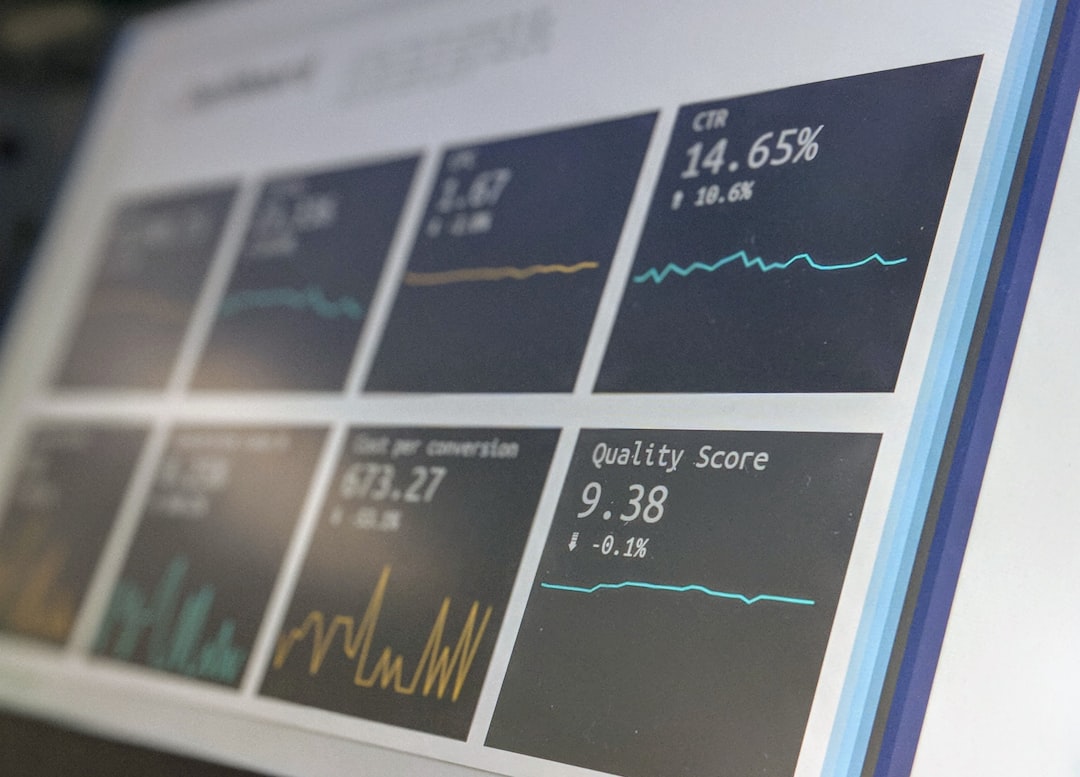
Protect Your Digital Footprint with Advanced Recovery Strategies
In today’s hyper-connected world, safeguarding your digital footprint is more critical than ever. Every click, share, and like contributes to your online identity, and protecting it requires advanced recovery strategies that can help mitigate data loss and privacy breaches. This article explores the significance of these strategies and provides practical insights on how to implement them effectively.
Understanding Your Digital Footprint
Your digital footprint comprises all the information you leave online, from social media posts to online shopping habits. With growing concerns about data privacy and cyber threats, keeping your digital footprint secure is paramount. Advanced recovery strategies not only protect your data but also ensure you can restore it in case of an incident.
The Importance of Data Recovery Strategies
In the digital realm, the unexpected can happen at any moment. Whether it’s a hacked account, accidental data deletion, or malware attacks, having a robust data recovery strategy becomes essential. Here are some advanced strategies to consider:
1. Regular Backups
Regularly backing up your data is one of the most effective ways to protect your digital footprint. Utilizing cloud storage services like Google Drive or Dropbox ensures that your data is secure and accessible from anywhere. Moreover, consider a multi-layered backup approach, incorporating both cloud and physical storage solutions, such as external hard drives.
rsync -av --delete /path/to/source /path/to/destinationThis command-line tool can help automate backups, ensuring your data remains up-to-date.
2. Password Management
Using strong, unique passwords for each account is vital. A password manager can help you store and manage these passwords securely. Tools like LastPass or Dashlane encrypt your credentials, making it much harder for hackers to access your accounts.
3. Two-Factor Authentication (2FA)
Implementing two-factor authentication adds an additional layer of security to your accounts. Even if a hacker obtains your password, they would still need a second verification method, such as a code sent to your mobile device, to gain access.
4. Privacy Settings and Data Minimization
Review and adjust the privacy settings on your social media accounts and other online platforms. Limiting the amount of personal information you share can significantly reduce your digital footprint. Be mindful of what you share and consider opting out of data collection tools whenever possible.
Current Trends in Digital Footprint Protection
Technological advancements are continually shaping how we can protect our digital identities. Here are a few emerging trends:
Artificial Intelligence (AI) in Cybersecurity
AI is increasingly being used to identify potential threats and breaches. Tools powered by AI can analyze patterns in user behavior to detect anomalies that may indicate a security breach. Implementing such tools can enhance your recovery strategy by providing real-time alerts and automated responses.
Blockchain Technology
The decentralized nature of blockchain technology offers promising potential for data security. By utilizing blockchain for identity verification, users can have greater control over their digital identities, reducing the risk of data breaches.
Case Studies: Successful Digital Footprint Recovery
Several organizations have successfully implemented advanced recovery strategies. For instance, major corporations like Adobe and Equifax have invested heavily in cybersecurity measures following significant data breaches. Their focus on continuous monitoring and rapid response has allowed them to recover quickly and minimize damage to their digital footprints.
Expert Opinions
Cybersecurity expert Bruce Schneier states, “Security is a process, not a product.” This statement underscores the importance of continually evolving your recovery strategies to adapt to new threats. Regularly reviewing and updating your security measures will help ensure that your digital footprint remains protected.
Tools and Resources for Enhanced Protection
To further safeguard your digital footprint, consider exploring the following tools and resources:
- VPN Services: Using a Virtual Private Network (VPN) can help protect your online activities from prying eyes. Services like NordVPN or ExpressVPN offer robust encryption and privacy features.
- Identity Theft Protection Services: Services such as LifeLock or IdentityForce monitor your personal information and alert you to potential identity theft.
- Educational Resources: Websites like the Federal Trade Commission (FTC) provide valuable information on cybersecurity and data protection.
Conclusion
Protecting your digital footprint with advanced recovery strategies is not just about preventing data loss; it’s about maintaining your online identity and privacy. By implementing regular backups, utilizing strong password management, activating two-factor authentication, and staying informed about current trends, you can fortify your defenses against potential threats.
Remember, the digital landscape is ever-evolving. Staying proactive in your approach to digital security will not only protect your data but also empower you to navigate the online world with confidence.
For further reading on protecting your digital identity, consider visiting Cybersecurity & Infrastructure Security Agency or Krebs on Security.
Feel free to share this article with others who might benefit from these insights, and stay vigilant in safeguarding your digital footprint!


